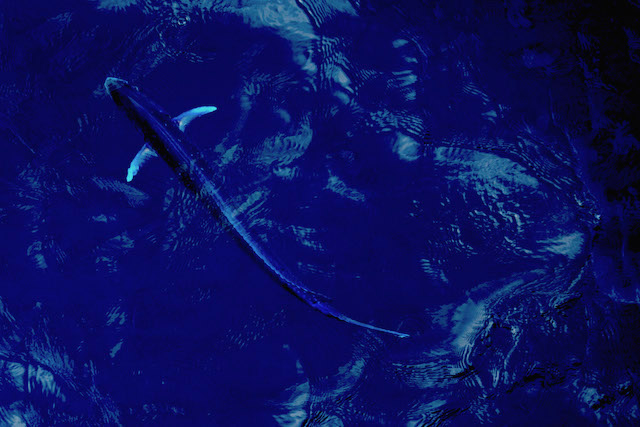
Connecting the dots – rocks and life
With my undergrad in biology I am a bit like a diatom in an igneous layer of rock, out of place, on this expedition. The main purpose of this research expedition is focused on better understanding of the mechanisms of plate breakup by studying the South China Sea Rifted Margin. Rocks are what will provide the answers.
What background do I have to understand the important science happening on this ship? Well there is science as a process and that keeps me in the game but my content interests are in the realm of life what do rocks have to do with living organisms?
What I understand from years of teaching is that we all have entry points for our learning, areas that interest us or that we already have some background in that allow us to make connections to new material. My job as an educator is to figure out what my students already know and design learning experiences that help them connect previous knowledge to new knowledge. In this role on the ship I am the learner which is humbling and exciting all at once. For me living things and my curiosity about their structures and function are what drive my interests. So what do living things have in common with rocks?
Well with out them there is much evidence that life would not exist at all. With out the minerals and ions available from decomposed rock in soil or in aqueous solution life would never have been able to function. Most of the mass of living things is from repurposed atoms from the air and water (Carbon, Nitrogen, Hydrogen and Oxygen). However, the metals formed at one time by molten magma are necessary to carry out the internal metabolic reactions that allow life to function. For example with out iron our red blood cells would not be able to carry oxygen and with out Calcium (an alkaline earth metal) our muscles would not be able to contract. In fact with out metals from the rocks life would not have the necessary catalysts to do any of the chemical reactions that life requires. If you would like to read more on that here is a paper co-authored by one of our expedition geochemists Stephen Bowden “http://geology.gsapubs.org/content/early/2012/06/07/G33116.1.abstract”>http://geology.gsapubs.org/content/early/2012/06/07/G33116.1.abstract
So it can not be avoided. If I want to better understand life, I’d better understand rocks. All of this evidence that life depends on these inanimate rocks creates a sense of obligation to know more, how they are studied, what are the bigger connections, and what makes the scientists who study them tick.